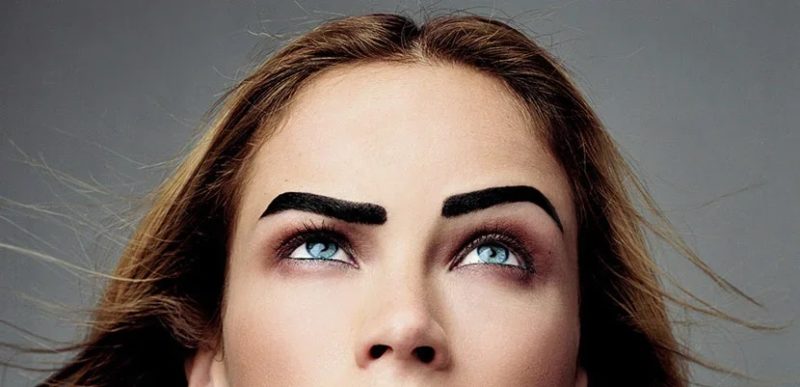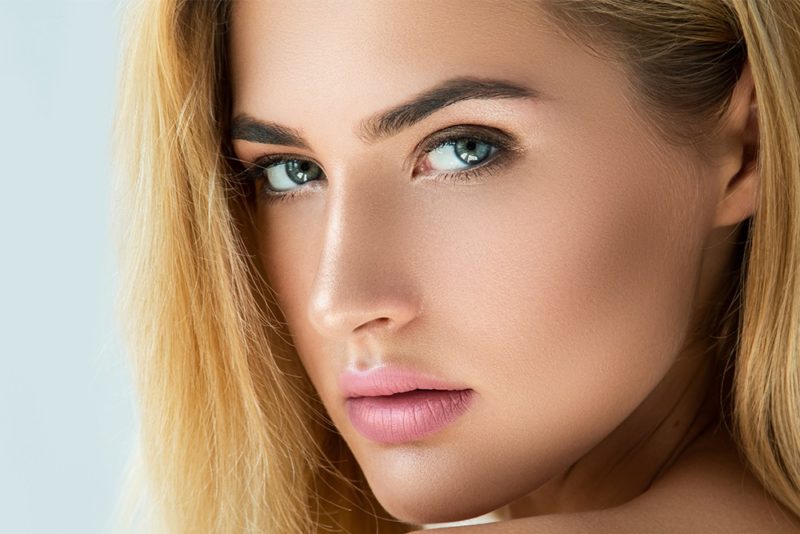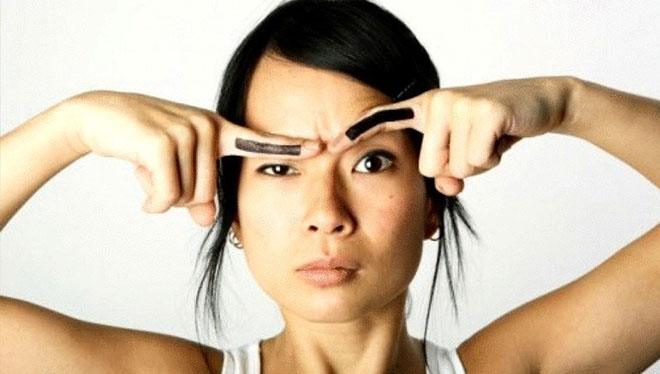The Meaning Behind Furrowing Your Brows: Unraveling the Hidden Messages

Facial expressions have long been recognized as powerful forms of nonverbal communication, capable of conveying a multitude of emotions and messages. Among these expressions, furrowing your brows stands out as a particularly intriguing gesture. The act of furrowing, or wrinkling, the space between your eyebrows can reveal insights into your state of mind and emotions. Whether it’s a sign of intense concentration, confusion, concern, or a form of nonverbal communication, understanding the meaning behind furrowing your brows can enhance our ability to connect with others on a deeper level. In this comprehensive guide, we will explore the various implications of furrowing your brows, unraveling the hidden messages behind this fascinating facial expression.
Key Takeaways:
- Furrowing your brows is an instinctive reaction that can convey emotions such as concentration, confusion, and concern.
- It can serve as a nonverbal form of communication, signaling active listening or a need for clarification.
- Cultural and contextual factors play a role in interpreting the meaning of furrowed brows.
- Techniques such as mindfulness meditation and stress management can help relax furrowed brows.
- In some cases, frequent or excessive brow furrowing may be a symptom of underlying medical conditions.
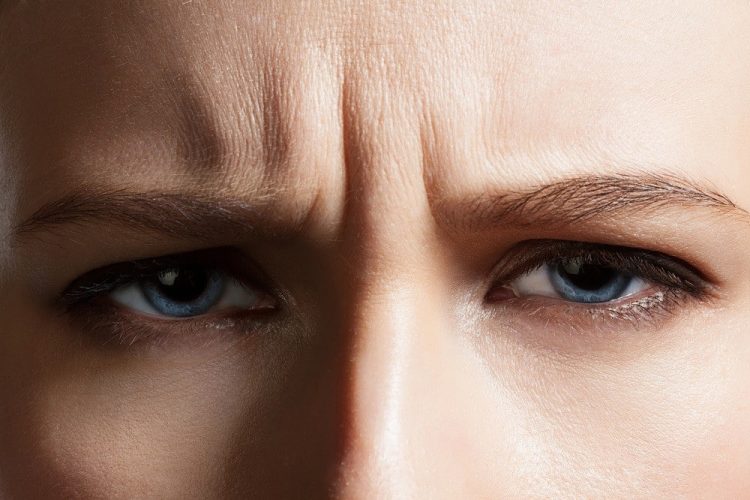
Furrowing your brows is a facial expression that conveys a multitude of emotions and messages. When someone furrows their brows, it is an involuntary reaction that often reflects concentration, confusion, or concern. This article aims to explore the various meanings behind furrowing your brows, shedding light on the nuances of this intriguing facial gesture.
Furrowing Your Brows: A Window into Human Emotions
The Basics: What is Brow Furrowing?
Brow furrowing occurs when the space between the eyebrows narrows, resulting in vertical lines or creases. It is an instinctive facial movement that involves contracting the corrugator muscles located above the eyes. This action leads to the wrinkling of the forehead, creating a distinctive expression that is easily recognizable.
Concentration and Deep Thought
One common interpretation of furrowing your brows is intense concentration or deep thought. When faced with a complex task or attempting to solve a difficult problem, individuals often furrow their brows unconsciously. The act of furrowing helps to block out distractions and channel focus, allowing for enhanced cognitive processing.
Concern and Worry
Expressions of concern and worry are frequently conveyed through furrowed brows. When individuals are anxious or troubled about a particular issue, they may furrow their brows as a physical manifestation of their emotional state. This gesture often communicates the need for empathy and understanding from others.
Nonverbal Communication: Beyond Words
Beyond emotions, furrowing your brows can also function as a nonverbal form of communication. In social interactions, it can signal to others that the individual is listening attentively or seeking clarification. Furrowed brows may prompt others to provide additional information or express their thoughts more clearly.
Cultural and Contextual Variations
The interpretation of furrowed brows can vary across different cultures and contexts. While the basic emotions associated with brow furrowing are universal, the intensity and meaning attributed to the gesture can differ significantly. It is essential to consider cultural nuances and the specific context in which the brow furrowing occurs to accurately interpret its implications.
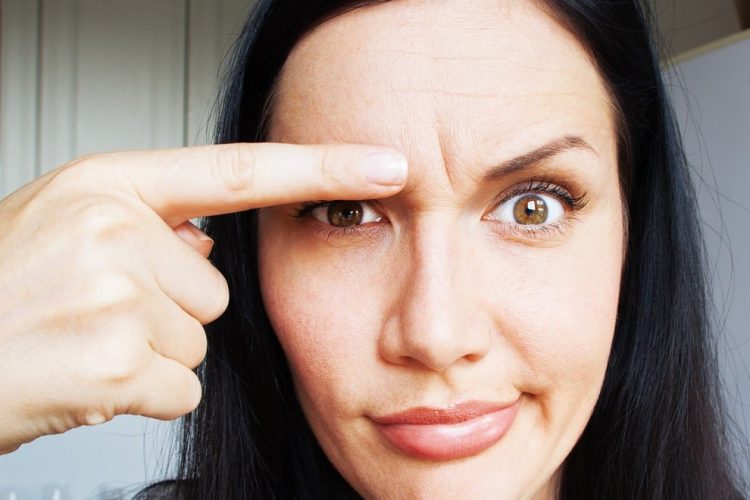
Techniques for Relieving Furrowed Brows
Frequent furrowing of the brows can lead to the development of deep lines and wrinkles on the forehead over time. Here are some techniques that may help relieve furrowed brows and promote relaxation:
1. Mindfulness Meditation: Practicing mindfulness meditation can cultivate awareness and reduce stress levels, potentially alleviating habitual furrowing of the brows.
2. Stress Management: Engaging in stress-reducing activities like exercise, yoga, or spending time in nature can minimize tension and prevent excessive furrowing.
3. Facial Massage: Gently massaging the forehead and brow area with upward strokes can help relax the muscles and release tension.
4. Skincare and Moisturization: Maintaining a healthy skincare routine and using moisturizers can improve skin elasticity and minimize the appearance of wrinkles caused by brow furrowing.
Botox Injections: In severe cases, where furrowed brows become permanent and bothersome, individuals may consider consulting a medical professional for Botox injections as a temporary solution.
It is important to remember that furrowing your brows is a natural and instinctive response, and occasional brow furrowing is not necessarily a cause for concern. However, if you find yourself furrowing your brows frequently or excessively, it may be helpful to explore the underlying reasons behind it. Seeking guidance from a healthcare professional or therapist can provide valuable insights and strategies for managing stress, anxiety, or any other underlying factors contributing to excessive brow furrowing.
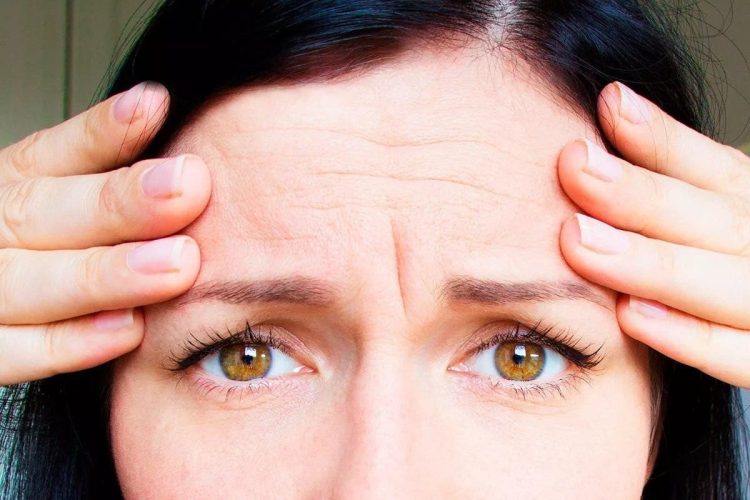
In conclusion, furrowing your brows is a fascinating facial expression that conveys a range of emotions and messages. From concentration and deep thought to confusion, concern, and nonverbal communication, the furrowing of brows serves as a window into our inner world. Understanding the meanings behind this gesture can enhance our ability to interpret others’ emotions and facilitate effective communication. Moreover, adopting techniques for relieving furrowed brows can promote relaxation and overall well-being. So, the next time you furrow your brows or encounter someone doing so, remember that there is more to it than meets the eye.
FAQ: Decoding the Implications of Furrowing Your Brows
1. What causes furrowing of the brows?
Furrowing of the brows can be caused by various factors. One common cause is emotional or cognitive processes, such as concentration, confusion, or concern. When we encounter complex tasks or puzzling situations, our brains engage in intense processing, leading to the contraction of the corrugator muscles and the furrowing of our brows. Additionally, stress and anxiety can also contribute to frequent brow furrowing, as our bodies respond to perceived threats or challenges by tensing the facial muscles.
2. Can furrowing your brows cause permanent wrinkles?
While occasional furrowing of the brows is unlikely to cause permanent wrinkles, frequent and excessive brow furrowing over time can contribute to the development of deep lines and wrinkles on the forehead. The repeated contraction of the corrugator muscles and the strain placed on the skin in this area can lead to the formation of permanent creases. However, it is important to note that individual factors, such as genetics and skin elasticity, can also influence the likelihood and severity of wrinkles.
3. How can I differentiate between concentration and confusion when someone furrows their brows?
Differentiating between concentration and confusion when observing someone furrowing their brows can be challenging, as these emotions can manifest in similar ways. However, there are subtle cues that can help distinguish between the two. In the case of concentration, the individual may exhibit a focused gaze, steady body posture, and deliberate movements. Their brow furrowing is likely to be accompanied by an overall attentive and engaged demeanor. On the other hand, confusion may be indicated by a furrowed brow combined with a more hesitant or perplexed expression. The individual may display signs of uncertainty, such as furrowing the brows while tilting the head or displaying a furrowed brow alongside a slightly furrowed mouth.
4. Are there cultural differences in the interpretation of furrowed brows?
Yes, there can be cultural differences in the interpretation of furrowed brows. While the basic emotions associated with brow furrowing, such as concentration or concern, are universal, the intensity and meaning attributed to this gesture can vary across cultures. In some cultures, furrowing the brows may indicate deep respect or attentiveness, while in others, it may be perceived as a sign of disagreement or disapproval. It is important to consider cultural nuances and the specific context in which the brow furrowing occurs to accurately interpret its implications.
5. Can furrowing your brows affect how others perceive you?
Yes, furrowing your brows can influence how others perceive you. It is a visible expression that conveys various emotions and messages, and people often subconsciously pick up on these cues. Furrowed brows can communicate intensity, seriousness, or concern, which may lead others to perceive you as focused, thoughtful, or possibly worried. However, it is important to note that the interpretation of furrowed brows can vary among individuals, and context plays a crucial role in shaping perceptions.
6. How can I relax furrowed brows?
Relaxing furrowed brows can be achieved through various techniques. One effective method is practicing mindfulness meditation. By cultivating awareness and focusing on the present moment, you can alleviate stress and tension, which in turn can relax the muscles in your forehead. Engaging in stress management activities like exercise, yoga, or spending time in nature can also help reduce overall tension and promote relaxation in the brow area. Additionally, incorporating facial massages into your self-care routine can aid in releasing muscle tension and promoting relaxation in the brow region.
7. Can furrowing your brows be a sign of a medical condition?
In some cases, frequent or excessive furrowing of the brows can be a sign of a medical condition. One such condition is chronic stress or anxiety. When individuals experience prolonged periods of stress or anxiety, it can manifest as repetitive brow furrowing. This can be accompanied by other physical symptoms such as tension headaches or muscle tightness in the neck and shoulders. If you find yourself frequently furrowing your brows and experiencing persistent feelings of stress or anxiety, it may be beneficial to consult with a healthcare professional or therapist to evaluate your symptoms and explore appropriate treatment options.
Another medical condition that can cause furrowing of the brows is dystonia. Dystonia is a movement disorder characterized by involuntary muscle contractions, resulting in repetitive and abnormal movements or postures. Focal dystonia specifically affects a single area of the body, such as the face or neck. Brow furrowing can be a symptom of focal dystonia affecting the corrugator muscles. If you suspect that your brow furrowing is due to a medical condition like dystonia, it is important to seek medical advice for a proper diagnosis and appropriate management.
8. Can I consciously control furrowing my brows?
While furrowing of the brows is primarily an involuntary reaction, it is possible to exert some conscious control over this facial expression. With practice and self-awareness, you can train yourself to become more mindful of your facial expressions and consciously relax the muscles in your forehead. Techniques such as deep breathing, progressive muscle relaxation, and visual imagery can help you gain control over the muscles involved in furrowing your brows. By regularly practicing these techniques, you can become more attuned to your facial expressions and reduce the frequency of involuntary brow furrowing.
9. Are there any cultural practices or rituals associated with furrowing brows?
Yes, in certain cultures, there are practices or rituals associated with furrowing brows. For example, in some Asian cultures, specifically in East Asia, furrowing the brows can be a sign of respect, attentiveness, or deep thinking. It is often considered polite to furrow the brows slightly when listening to someone or when engaged in intellectual discussions. Similarly, in traditional Japanese tea ceremonies, participants may furrow their brows to demonstrate focused attention and appreciation. It is important to recognize and respect cultural practices when interpreting the meaning of furrowed brows in different contexts.
10. Can cosmetic procedures help reduce furrowed brows?
Cosmetic procedures can be an option to reduce the appearance of furrowed brows. One common treatment is the use of neurotoxin injections, such as Botox, which temporarily relaxes the muscles responsible for brow furrowing. By inhibiting muscle contractions, Botox can help smooth out the forehead and reduce the visibility of furrowed lines. However, it is essential to consult with a qualified medical professional to assess your individual needs, discuss the potential risks and benefits, and determine the most suitable treatment approach for you.
Conclusion
Furrowing your brows goes beyond a mere physical movement – it is a powerful expression that speaks volumes about our emotions, thoughts, and intentions. Understanding the intricate meanings behind furrowed brows allows us to better comprehend the complexities of human communication. Whether it’s the intensity of concentration, the depths of confusion, the weight of concern, or the subtle cues of nonverbal interaction, our brows have the ability to convey a rich tapestry of messages. By embracing this knowledge, we can foster more meaningful connections, develop empathy, and navigate social interactions with greater insight. So, the next time you furrow your brows or encounter someone doing so, take a moment to appreciate the profound depths hidden within this seemingly simple facial gesture.



